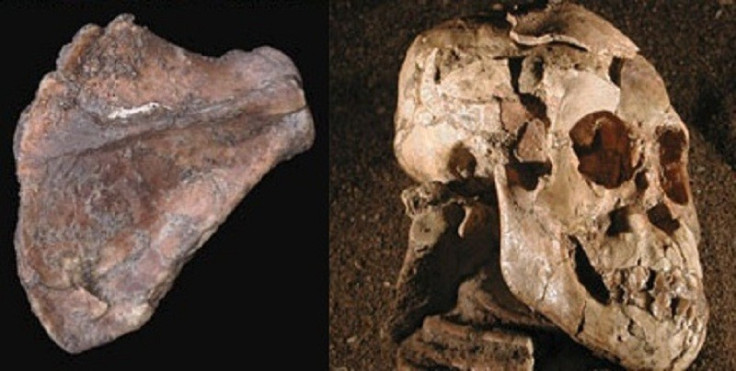Missing Link: Ethiopian Fossil Selam Shows Early Humans Climbed Trees After Learning to Walk

Early humans continued to spend most of their time in trees even after learning to walk, a 3.3 million-year-old fossil has proved.
The fossil, which was found in Dikika, Ethiopia, in 2000, has been named Selam. It is an Australopithecus afarensis; an extinct group of slender built hominids that are closely related to modern humans.
A. Afarensis is also the species of the well-known Lucy skeleton. When Lucy was discovered in the 1970s, scientists said it was the missing link in human evolution, but this has since been questioned by many scientists.
Professor David Green, from the Midwestern University and Zeresenay Alemseged, curator of anthropology at the California Academy of Sciences, now say that Selam's shoulder blades show the species was very ape-like.
"This new find confirms the pivotal place that Lucy and Selam's species occupies in human evolution," said Dr. Alemseged.
Green added: "The question as to whether Australopithecus afarensis was strictly bipedal or if they also climbed trees has been intensely debated for more than 30 years.
"These remarkable fossils provide strong evidence that these individuals were still climbing at this stage in human evolution."
Alemseged spent 11 years extracting the shoulder blades from the rest of the skeleton. Because shoulder blades are very thin, normally they break up.
He said: "Finding both shoulder blades completely intact and attached to a skeleton of a known and pivotal species was like hitting the jackpot.
"This study moves us a step closer toward answering the question 'when did our ancestors abandon climbing behaviour?' It appears that this happened much later than many researchers have previously suggested."
The shoulder blades show that this species was adapted to both walking and climbing trees.
Selam was three years old. The fossil was compared with modern samples of adult chimpanzee, gorilla, orangutan and humans. Analysis showed the shoulder blades were ape-like.
Green said: "When we compared Selam's scapula with adult members of Australopithecus afarensis, it was clear that the pattern of growth was more consistent with that of apes than humans."
Alemseged added: "While bipedal like humans, A. afarensis was still a capable climber. Though not fully human, A. afarensis was clearly on its way."
© Copyright IBTimes 2024. All rights reserved.









